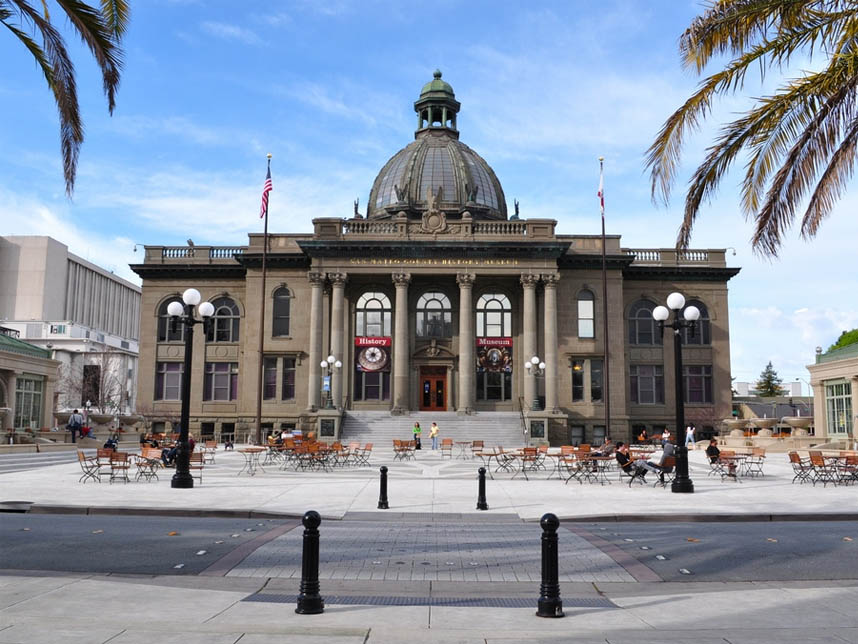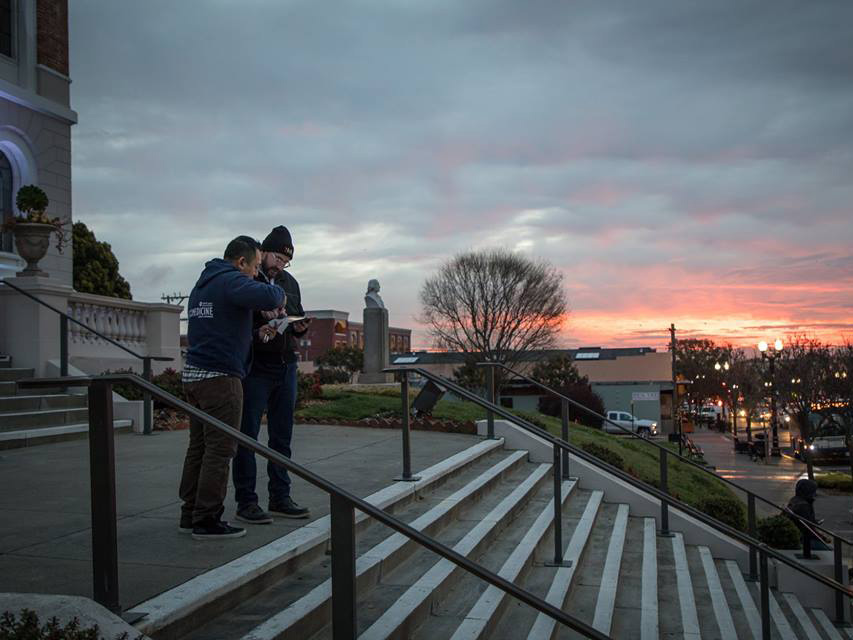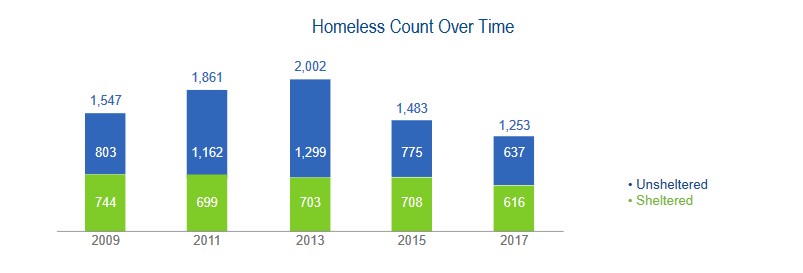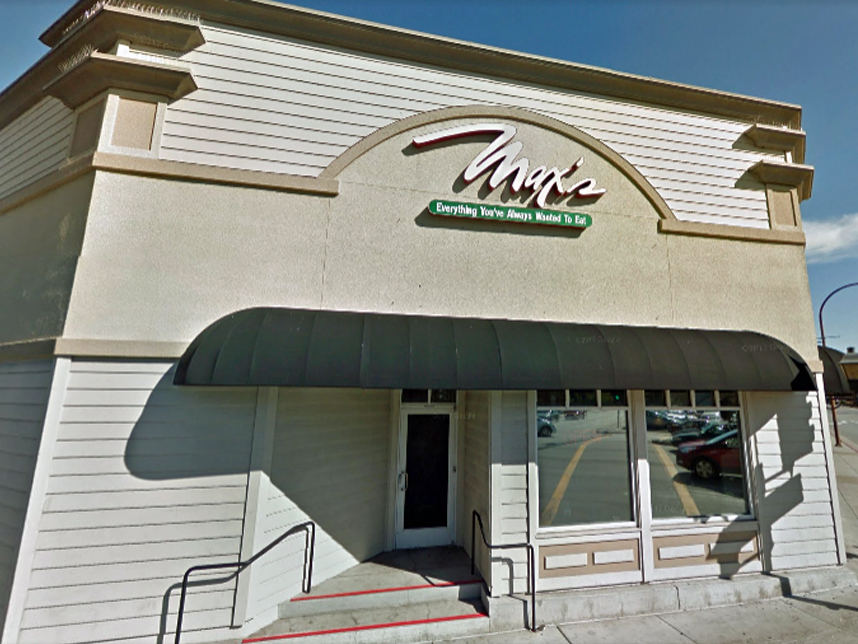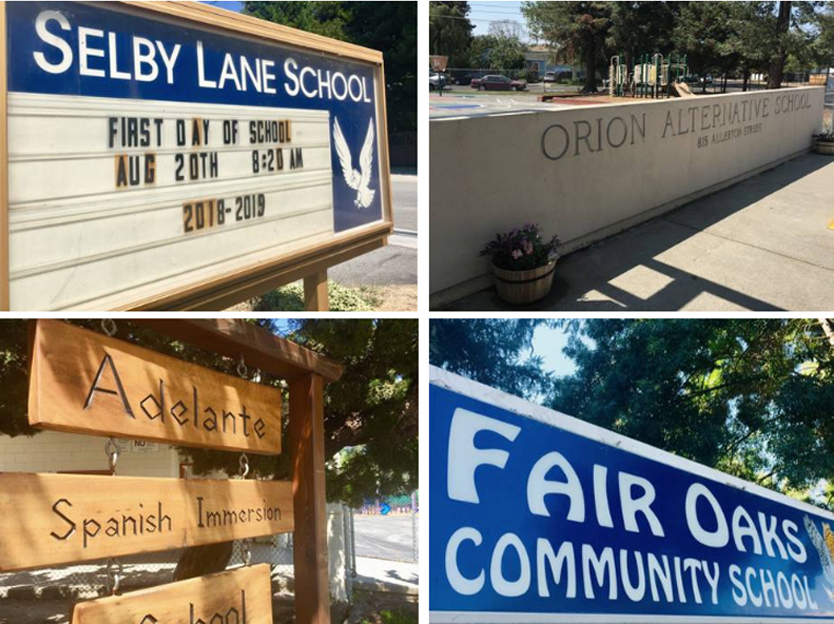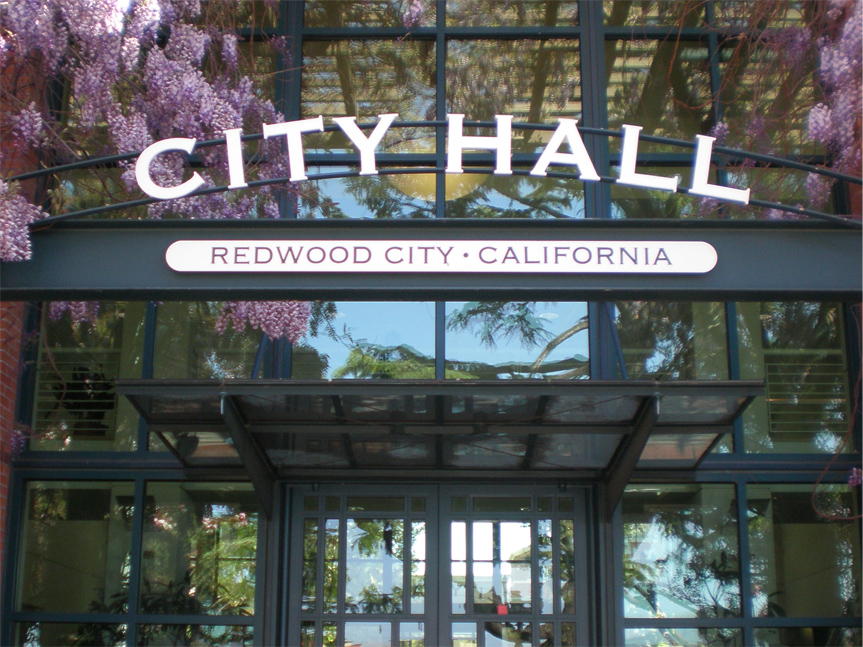CHP: Driver asleep at wheel of Tesla going 70 mph on 101

A Los Altos man driving a Tesla was arrested on DUI charges after CHP officers found him asleep at the wheel while his car, apparently on autopilot, was traveling at 70 mph on Highway 101 in Redwood City early Friday.
The incident occurred about 3:37 a.m., when a CHP unit spotted the gray Tesla Model S traveling southbound on Highway 101 at Whipple Avenue. The officers drove up next to the Tesla and observed the driver, identified as Alexander Samek, 45, passed out at the wheel, according to CHP.
Samek did not respond to CHP’s lights and siren, so the officers positioned their patrol vehicle in front of the Tesla and slowed down, hoping the “driver assist” feature would prompt the Tesla to slow to a stop. Sure enough, the Tesla came to a complete stop in the No. 3 lane of southbound 101, north of Embarcadero.
“Officers approached the Tesla and attempted to wake up Samek by knocking on the window and giving verbal commands,” according to CHP.
Samek finally woke up, was placed in the back of the patrol car and taken off the freeway to the Shell Station off Embarcadero Road at W. Bayshore Road. The other officer drove the Tesla off the freeway.
After a DUI investigation, Samek was arrested and transported to San Mateo County Jail, according to CHP.
“We cannot confirm at this time if the ‘driver assist’ feature was activated but considering the vehicle’s ability to slow to a stop when Samek was asleep, it appears the ‘driver assist’ feature may have been active at the time,” CHP said.



